(Last updated: Apr 24th 2021)
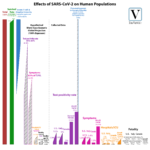 A scenario describing the effects to a human district of 10,000 non-vaccinated inhabitants if a sars-cov-2 virus variant entered the community. Research papers used are predominantly from countries in the U.S. and Europe and many involve randomized population samples and official world-wide data. Note that these are approximations, every city will have variant results depending on the population’s age distribution, health and many other factors. These projections are expected to further narrow down and become more precise with future research. The most difficult part to estimate seems to be the percentage of population that would fend off the virus through their innate and previously built adaptive immunity, and test negative.
A scenario describing the effects to a human district of 10,000 non-vaccinated inhabitants if a sars-cov-2 virus variant entered the community. Research papers used are predominantly from countries in the U.S. and Europe and many involve randomized population samples and official world-wide data. Note that these are approximations, every city will have variant results depending on the population’s age distribution, health and many other factors. These projections are expected to further narrow down and become more precise with future research. The most difficult part to estimate seems to be the percentage of population that would fend off the virus through their innate and previously built adaptive immunity, and test negative.

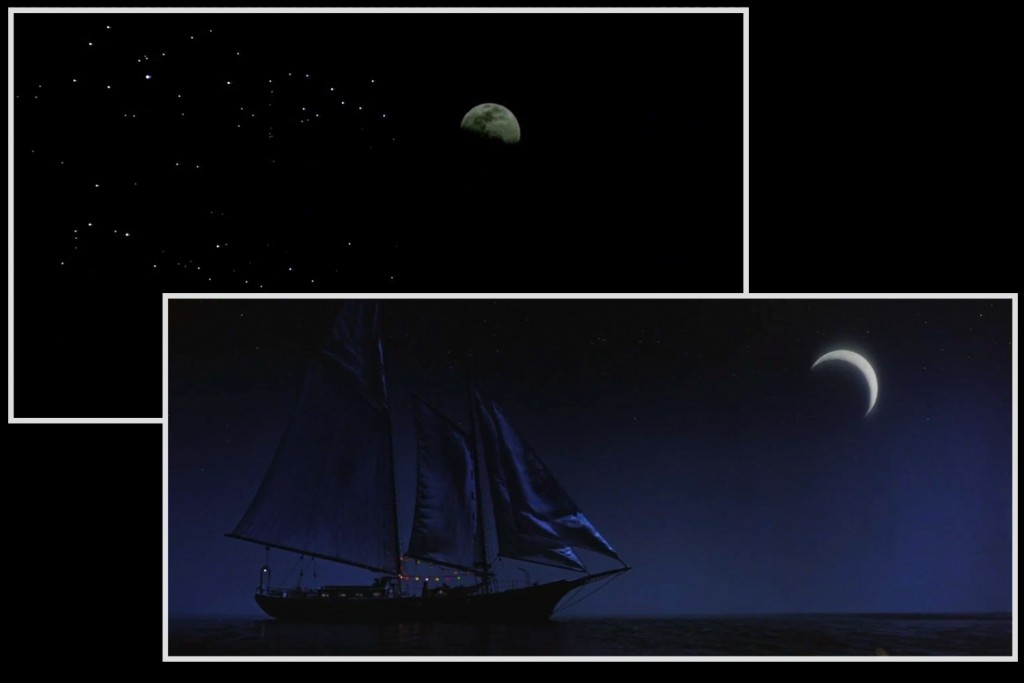 The Moon scenes in the picture are from two popular Hollywood movies. The lower one is from the movie “Joe Versus the Volcano” with Tom Hanks and Meg Ryan and the second one is from the classic “Lawrence of Arabia”.
The Moon scenes in the picture are from two popular Hollywood movies. The lower one is from the movie “Joe Versus the Volcano” with Tom Hanks and Meg Ryan and the second one is from the classic “Lawrence of Arabia”.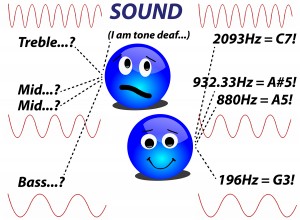
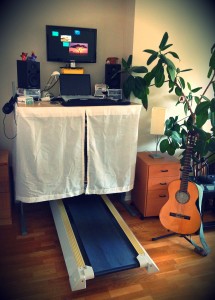 I first heard about the work-desk treadmill back in 2008 from John Medina’s “Brain Rules” book. In a nutshell, moving and exercise improves the way our brain works and we get better work done if we are physically moving while we are working. It has been six months since I’ve actually made this idea a reality. A good friend had emailed me at the beginning of the year saying that he was planning on putting this together himself.
I first heard about the work-desk treadmill back in 2008 from John Medina’s “Brain Rules” book. In a nutshell, moving and exercise improves the way our brain works and we get better work done if we are physically moving while we are working. It has been six months since I’ve actually made this idea a reality. A good friend had emailed me at the beginning of the year saying that he was planning on putting this together himself.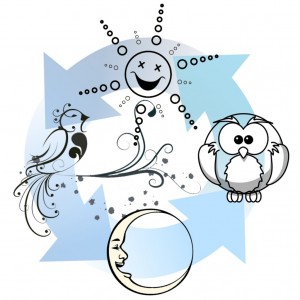 A friend sent me a
A friend sent me a